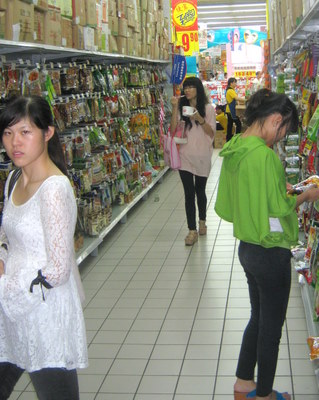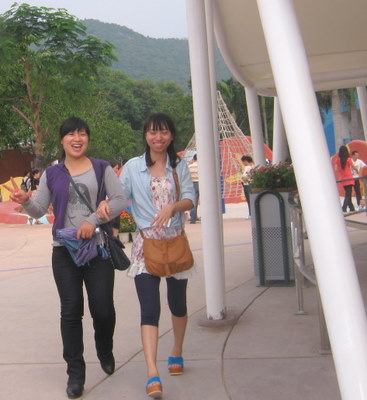
CHINA’S HIGH-FLYING economy is expected to slow this year but still stay above the key 8% level, the Development Research Centre of the State Council said.
The report from the State Council, the country’s cabinet, emphasized that the government is doing everything possible to prevent the possibility of a dreaded hard landing.
In a Chinese language piece, Sinafinance cited the Centre’s Macro-economic Affairs Secretary Guo Kexia as telling a small gathering that the research body had several conclusions on the economy’s performance this year and recommendations on how to handle potential challenges going forward.
The State Council’s current assessment of the PRC economy is characterized by “effective regulation” and “economic stability.” The regulatory aspects can be broken into three categories:
a) GDP growth this year will slow on a year-on-year basis, but still remain above 8%. Amid the ongoing industrial upgrading and consolidation of overly fragmented sectors, it is inevitable that some smaller, less efficient or higher-polluting players will fall by the wayside. This should be seen as a strength, not a shortcoming, of the campaign.
Many leading institutions, including the People’s Bank of China (the country’s central bank), have recently been stating that slower economic expansion is a reality. But as long as GDP growth remains above 8%, then unemployment will not increase and the country can cope effectively with the less vibrant annual growth.
They have also stated that this more sober GDP expansion will also benefit overall economic and industrial restructuring. And as long as those non-compliant firms which are phased out are able to reintegrate their workers into the labor pool without excessive difficulty, then there is no overriding impetus to review the current restructuring campaign.
b) Regulations targeting the real estate sector have already been reaping benefits over the short term with housing prices already beginning to moderate and transactional volume slowing. The positive developments are more evident in Tier II and Tier III cities than in the biggest Tier I cities.

Many small-scale developers have been confronting tighter credit facilities which is helping lower property prices, and the phasing out of the less efficient players is good for the overall health of the sector. However, if property prices experience a major near-term jump, then further macroeconomic control measures will become necessary.
c) China’s CPI (broadest measure of inflation) rose 6.1% year-on-year in September (versus 6.2% in August). Mid-November will offer a key observation porthole, as if inflation were to show a downtrend at that time, then monetary policy may be correspondingly loosened. But sectors short of credit should not prematurely count on lower interest rates as the Central Bank prefers to maintain the current stable policy.
Current fiscal policy in China is relatively loose, while foreign counterparts have begun tightening measures. China will continue a relatively loose fiscal policy going forward but with targeted measures to stimulate domestic consumption and support infrastructural development in the central and western hinterlands.
Initial forecasts have inflation likely rising over 4% in January of next year, but it should taper off to below 4% for February. Mr. Guo said he feels there is a definite inflationary downtrend at present. Excluding foodstuffs, prices for major commodities including oil as well as real estate are all displaying downward pricing trends.
“However, because gold has risen so fast of late, its downward adjustment will likely drag other commodities like copper and oil down beyond reasonable limits. Therefore, an upcoming jump in commodity-backed inflation cannot be fully ruled out,” Secretary Guo said.
He added that for these reasons, it was very hard to predict inflationary trends with any high level of accuracy.
EU debt crisis
The current crisis can be summarized as thus: There is still not a fix in place and the leading economies of the world are failing to sufficiently act in concert to help remedy the situation. Given these factors, the end is not in sight.
However, the possibility of a near-term meltdown in the situation has been reduced with remedies to the acute debt crises in both Greece and Italy.
China and the US are both watching the EU situation from the sidelines. Both parties are saying all the right things, but neither is making a sincere effort to engage the other for realistic joint action proposals to address the situation.
See also:
Counting The Costs Of Living In SHENZHEN
VODONE: No.1 Mobile Gamer In China, Shares At 52-Wk Low... What Gives?







